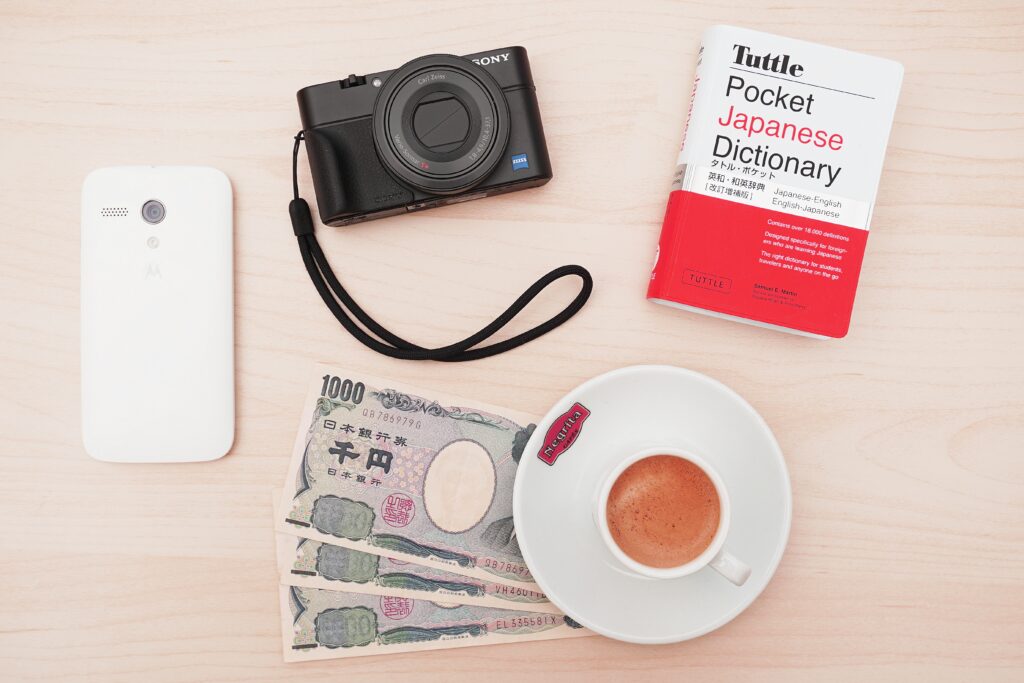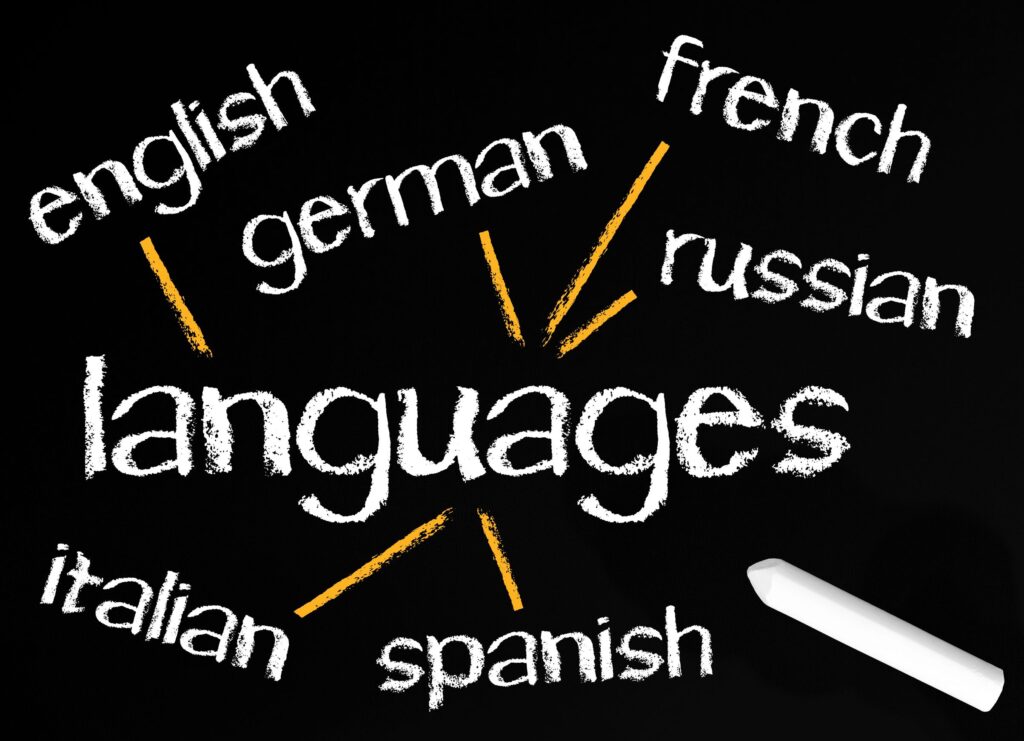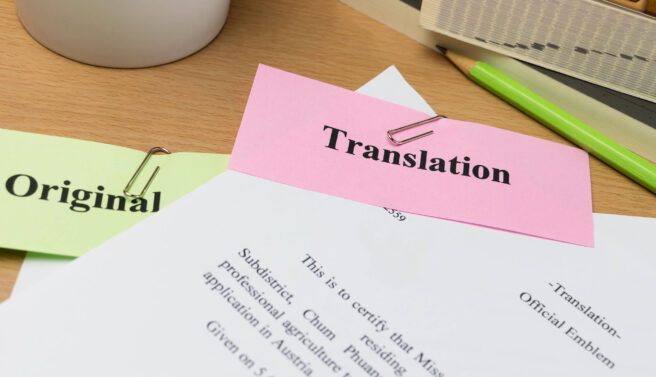What is Yom Kippur? Brief history
G’mar chatima tova (May you be sealed in the Book of Life) – this is the traditional greeting on Yom Kippur or the Day of Atonement, the most important holiday in the Jewish faith. This marks the peak of the 10 Days of Awe, a period of contemplation and penitence that follows Rosh Hashanah, the Jewish New Year. According to tradition, on Yom Kippur God decides each person’s fate, so Jewish believers are urged to make an apology and ask forgiveness for sins done during the previous year.
But what’s the story behind this holiday? According to tradition, the Day of Atonement occurred after the Israelites fled from Egypt and arrived at Mount Sinai, where God gave Moses the Ten Commandments. While descending from that mountain, he caught his people worshipping a golden calf and shattered the sacred tablets in anger. For the reason that Israelites expiated for their idolatry, God forgave their sins and offered Moses a second set of tables.
As recounted in the Jewish texts, during the biblical times, Yom Kippur was the only day on which the high priest was allowed to enter the inner sanctum of the Holy Temple of Jerusalem. There he would perform a set of ceremonies and drizzle blood from the sacrificed animals on the Ark of the Covenant, which contained the Ten Commandments. With this practice, he made atonement and asked God to forgive all the people of Israel. According to tradition, this continued until Romans destroyed the Second Temple in 70 A.D; subsequently, it was altered into services for rabbis and their community in individual synagogues.
How is Yom Kippur celebrated?
For about twenty-six hours from sundown Tuesday until sundown Wednesday, Jews that observe this holiday will abstain from food and drink, as a way of self-deprivation and compassion. Some people may not even brush their teeth, wash or bathe due to the acts that involve water Nevertheless, not everybody is required to fast, and anyone who should eat because of a medical reason, should not abstain from food. People who could harm their health, even in the long term, from not eating or drinking, are discharged and children under the age of nine are also not obliged to fast. Those who believe they will have unfavorable outcomes from fasting may even consult their rabbi prior to Yom Kippur for advice.
How is Yom Kippur is spent? Mostly in the synagogue, where there are five prayer services, identified by Chabad as Maariv, Shacharit, Musaf, Minchah, and Neilah. Maariv, which involves Kol Nidrei, is the only one that occurs on the eve of the Day of Atonement.
People may also spend this holiday enjoying the company of their families and friends. After services, they return home or visit a friend’s family to break the fast together. The food menu varies from home to home, but it’s a tradition to serve bagels and other dishes that are prepared before the fast, including tuna or egg salad, noodle kugel, or quiche. On Yom Kippur, some schools close, even though it is not compulsory, and some businesses may close as well.
Did you know? Facts & Traditions – Yom Kippur
Let’s see now some interesting and lesser-known facts about the Day of Atonement.
The word “scapegoat” has its origin in an ancient Yom Kippur ritual. In Leviticus 16:8 in the Torah part of Achrei Mot, the High Priest is instructed on Yom Kippur to lay his hands upon a goat while he confesses the sins of the entire congregation – and afterward to throw the animal off a cliff.
Yom Kippur was one time a big matchmaking day. According to Talmud, Yom Kippur and another Jewish holiday (Tu B’Av) were the most exuberant days of the year, with women earing white gowns and dance in wineries, chanting: “Young man, lift up your eyes and see what you choose for yourself. Do not set your eyes on beauty, but set your eyes on a good family.”
Apart from food and drink, there are other things Jews abstain from on this day. And among these things, are included also: bathing, perfumes or lotions, sexual relations, and wearing leather shoes.
Yom Kippur is the most bike-friendly day of the year. As there is no law on the books that forbids the use of cars on Yom Kippur, almost all the Jews in the country try not to use cars on this day. Except in emergency vehicles on the road, you can see people of all ages enjoying their bike rides, even on major highways.
Expect nothing but the best Hebrew translations from eTS
Hebrew is a revived language, and it is becoming important once again. Ensure that you are getting the most accurate Hebrew translations when you need them. eTranslation Services has a network of native-speaking translators working with over 200 languages, from the major languages to the obscure and rare languages. They live in-country, so they have the linguistic expertise and have a deep knowledge of local culture, assuring our clients that they are using the most appropriate language for your target audience. Whenever you need accurate translations at competitive rates, please get in touch with us. You can easily reach us through [email protected] or at (800) 882-6058.
Jakub Weinles, Public domain, via Wikimedia Commons



